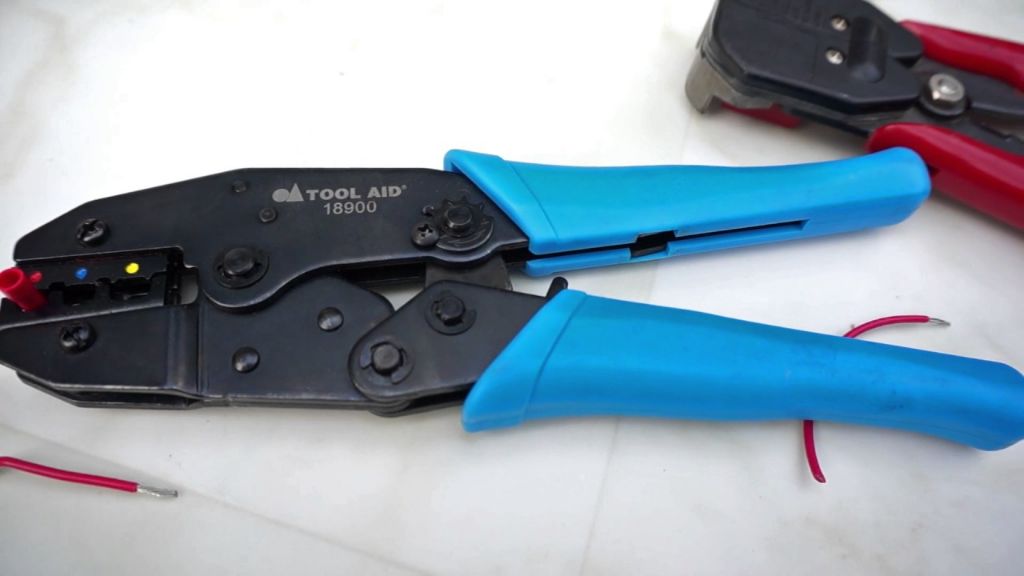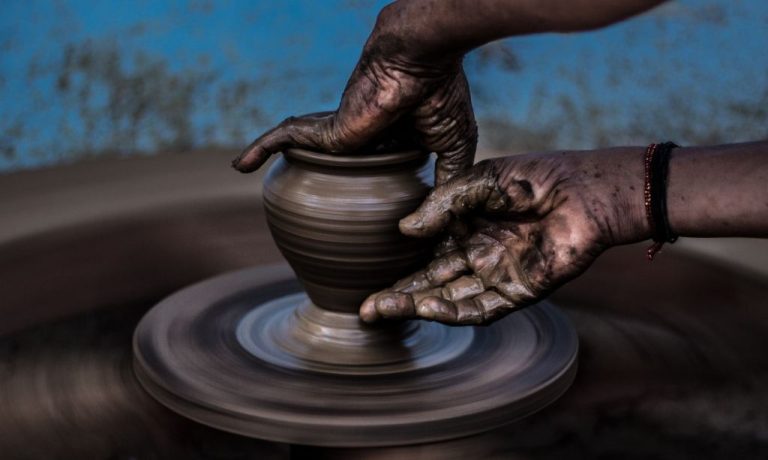What Is A Butt Connector?
What Are Butt Connectors?
Butt connectors, also known as butt splices, are electrical connectors used to join two wires together end-to-end (NSI ESGS-4/0 Easy-Splice In-Line Gel Splice Kit with Connector). They consist of a metal sleeve, usually made of copper or aluminum, with a hole at each end for inserting the stripped wire ends. The metal sleeve surrounds the wires and conducts electricity between them.
Butt connectors are commonly used for splicing wires in electrical and automotive applications, as well as HVAC, plumbing, and other trades. They provide a secure connection between wires without soldering and create a continuous circuit path. Key benefits of butt connectors include (What’s a Butt Splice Connector? And Why Do I Need One?):
- Quick and easy installation
- Reliable and long-lasting connection
- Variety of sizes to accommodate different wire gauges
- Can be used with both solid core and stranded wires
- Allow wires to be joined without stripping insulation
Overall, butt connectors are a versatile option for splicing wires together in a wide range of applications.
Types of Butt Connectors
There are several types of butt connectors that serve different purposes:
Non-insulated vs. Insulated – Non-insulated butt connectors have an exposed metal sleeve and are used for internal splices. Insulated connectors are covered in plastic and used for external splices.
Heat Shrink vs. Non-Heat Shrink – Heat shrink butt connectors have a thermoplastic sleeve that shrinks when heat is applied, providing a water-resistant seal. Non-heat shrink connectors require crimping only.

Crimp vs. Solder – Crimp connectors are crimped using a special tool for a solid mechanical connection. Solder connectors require soldering for a solid electrical connection.
Sources:
https://wiringproducts.com/collections/butt-splice-connectors
https://monroeaerospace.com/blog/how-to-choose-butt-splice-connectors/
Materials
Butt connectors are commonly made from three types of materials:
Copper – Copper is an excellent conductor and is resistant to corrosion. Copper butt connectors provide a secure and long-lasting connection. However, copper is more expensive than other materials.
Aluminum – Aluminum is lighter, more malleable, and cheaper than copper. However, aluminum oxidizes easier and can result in a poor connection over time. Aluminum butt connectors should be avoided for critical electrical connections.
Tinned Copper – Tinned copper butt connectors are made of copper plated with a thin layer of tin. The tin coating prevents oxidation, allowing the connector to maintain a strong connection. Tinned copper provides many of the benefits of copper along with added corrosion resistance.
Overall, tinned copper offers the best combination of conductivity, durability, and affordability for most butt connector applications (Source: https://smtinsight.com/best-solder-seal-wire-connectors/). Copper and high-quality aluminum can also be suitable options depending on the specific project needs.
Sizes
Butt connectors are available in a wide range of sizes to accommodate different wire gauges. Proper connector selection is important to ensure a secure connection. According to Monroe Aerospace, most butt splice connectors support a narrow range of American Wire Gauge (AWG) sizes.
They are designed to splice wires of the same gauge. Matching the wire gauge to the correct butt connector size is essential. Using a connector that is too small can result in a loose connection, while one that is too large may not fully crimp down on the wire. Standard wire gauge sizes range from 16 AWG to 6 AWG for residential and automotive applications.
When selecting a butt connector, the packaging will indicate the specific AWG range supported. For example, a blue insulated butt connector may support 16-14 AWG wires, while a red version is rated for 12-10 AWG. Choosing the right size connector for the wires being joined will ensure a secure and lasting connection.
Applications
Butt connectors have several common applications, especially in automotive, marine, and electrical projects:
Automotive/Marine: Butt connectors are frequently used when splicing wires in cars, trucks, boats, and other vehicles. They provide a solid mechanical connection and protect against corrosion.
Electrical/Wiring Projects: Electricians and DIYers rely on butt connectors when joining cables for home wiring, appliances, lighting, etc. They allow for simple and secure splices.
Joining Cables: Butt connectors join two cables together end-to-end. This allows cables to be extended or repaired. The connection is both electrically and mechanically secure.
Benefits
Butt connectors provide a variety of benefits that make them a useful wiring tool for many applications. One key advantage is that they create a secure connection between two wires.
Unlike wire nuts or twisting/taping, butt connectors completely join the wires together end-to-end inside a fully insulated housing. This prevents wires from pulling apart and ensures a solid contact point (Energy5).
Butt connectors also eliminate the need for splicing wires together. Wires can be inserted directly into the connector without any special preparation. This saves time and effort compared to splicing (Solderstick).
Finally, butt connectors work for both solid core and stranded wires. This versatility makes them useful for connecting all kinds of wire configurations (Energy5).
Limitations
One limitation of butt connectors is that they are not reusable. Once a butt connector is crimped onto a wire, it cannot be easily removed and reused. Attempting to disconnect and reuse butt connectors will likely damage the connector and compromise the connection. Butt connectors are designed for permanent electrical connections, so for any application where wires will need to be disconnected and reconnected, alternatives like crimp connectors may be better suited.
Another potential limitation is improperly crimped wires. If the crimping is not done properly with the right amount of force, the butt connector may have a loose connection or poor conductivity. This increases the risk of arcs, sparks, overheating, and ultimately electrical failure. Using the properly sized crimping tool and following manufacturer guidelines helps avoid improperly crimped connections. But inexperienced installers may still make mistakes, so butt connectors require some skill to install correctly.
Best Practices for Using Butt Connectors
To ensure a secure electrical connection when using butt connectors, follow these best practices:
Proper wire stripping – Strip the wire insulation back far enough to ensure the bare metal wire will be fully inserted into the butt connector, but not so far that the wire strands become exposed. Generally strip 3/8 to 1/2 inch of insulation.
Correct crimping technique – Use wire crimpers to fully compress the metal portion of the butt connector around the wires with enough force to deform the connector and make solid contact. Do not crush or cut through the wire. Visually inspect that no bare wire is exposed.
Other tips include choosing the right size connector for the wire gauge, making sure the wires are fully inserted before crimping, and avoiding soldering which can cause a weak joint.
Following proper procedures helps create secure and lasting electrical connections using butt connectors. Testing with a multimeter can also help confirm a good connection.
Alternatives
While butt connectors are commonly used, there are some alternatives that may work better in certain situations:
Wire Nuts
Wire nuts are a quick and easy way to connect wires. They twist onto the ends of wires to hold them together securely. Wire nuts come in a range of sizes to accommodate different gauges and number of wires. They can connect more than two wires at once. Wire nuts are not waterproof on their own but can be sealed with electrical tape. They are a good option for indoor and dry locations.
Soldering
Soldering the stripped ends of wires together creates a permanent, low-resistance connection. This takes more skill and proper equipment but results in a solid bond. Soldering works for small gauge wiring and electronics where a mechanical connection like a butt splice would be too large. The joint should be insulated with heat shrink or electrical tape.
Wago Connectors
Wago connectors are spring-loaded terminals that allow multiple wire connections without tools or wire stripping. Wires can be easily inserted by hand and removed later if needed. Wago connectors take up little space and protect against shorts and shocks. They are available in compact sizes for signal wiring and larger versions for heavy power transmission. Wagos are reusable and make changes simpler.https://www.jaginfo.org/threads/water-ingress-into-the-control-junction-box.106790/page-8
Safety Tips
When working with butt connectors, it’s important to follow some basic safety tips to avoid potential hazards:
Avoid overheating – Don’t allow the connector or wires to overheat during crimping. Overheating can damage the insulation and create a fire hazard. Use a properly sized crimping tool and don’t hold the crimp too long.
Insulate connections – Cover all connectors and exposed wires with heat shrink tubing or electrical tape. This prevents short circuits from exposed conductors touching.
Use proper tools – Only use a designated crimping tool of the right size for the connector. Pliers can damage the connector and result in a poor connection. The crimping tool should be in good condition.
In summary, taking precautions like avoiding overheating, insulating connections, and using the proper sized crimping tool will help ensure safe installation of butt connectors.


